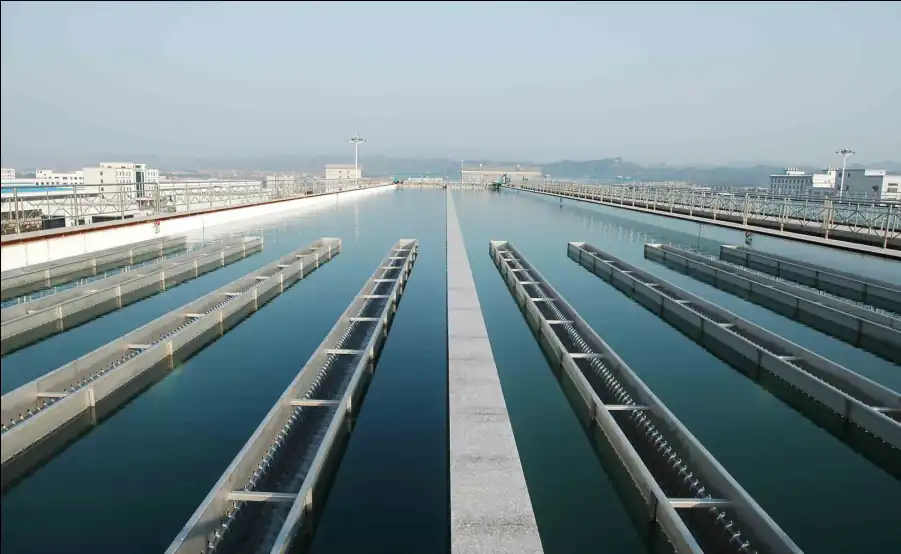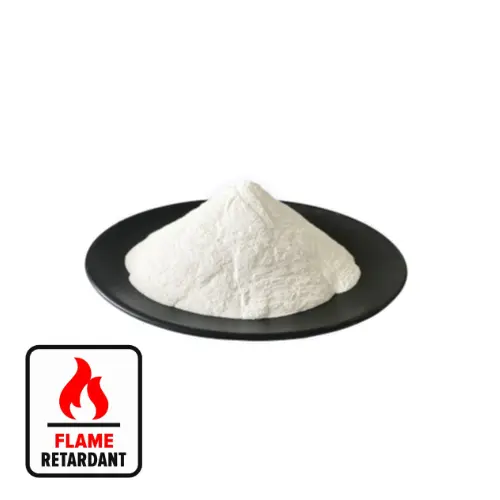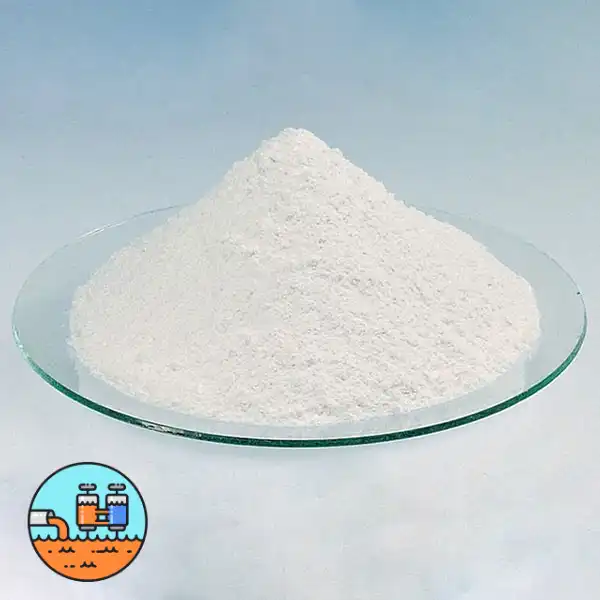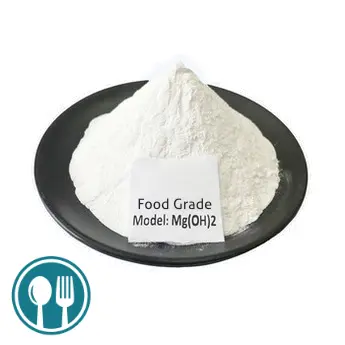In today’s society, polymer synthesis technology is developing rapidly, and materials such as plastics, rubber, and synthetic fibers are widely used in daily life. However, all polymers have flaws. Because they are composed of chains of carbon and hydrogen atoms, the compounds are flammable, which can cause fires to spread quickly.
When a certain amount of flame retardant is added to a substance, the flame retardant properties of the material will be improved accordingly, but the mechanical properties or other properties of the material will often be affected, and sometimes it will cause inconvenience to processing. Therefore, in order to maintain the comprehensive performance of flame retardant composite materials, it is necessary to consider the comprehensive performance of flame retardants.
Advantage
As a flame retardant material, magnesium hydroxide has many advantages:
(1) Magnesium hydroxide has a high decomposition temperature and a higher ignition point than aluminum hydroxide, which increases the heating temperature of polymer materials;
(2) MgO generated after combustion and dehydration is a refractory material and an alkaline oxide that can absorb acid gas;
(3) Strong heat absorption capacity and high flame retardant efficiency;
(4) Low cost and easy to process in different polymer materials.
In recent years, magnesium hydroxide, as a green and environmentally friendly flame retardant, has been widely used.
Preparation of magnesium hydroxide
There are two aspects that need to be controlled most when preparing magnesium hydroxide:
(1) Filtration performance. If the magnesium hydroxide slurry has poor settling performance, it will affect the washing and separation operation process, lead to a prolonged magnesium hydroxide synthesis cycle, and affect the output of magnesium hydroxide; (2) Control the morphology, because Magnesium hydroxide with regular shape has better flame retardant effect, so appropriate production methods and process conditions need to be adopted to meet the requirements.
The main production processes of magnesium hydroxide include direct precipitation method, magnesium-containing ore grinding method, magnesium oxide hydration method, etc.
direct precipitation method
There are currently many methods for synthesizing magnesium hydroxide, among which the most commonly used method is the precipitation method. Due to its low price, simple and easy operation, it is easy to control the crystal morphology. In the precipitation method, salt solution precipitation is mainly used, usually using a strong base, such as ammonia or sodium hydroxide. The most widely used magnesium salts are magnesium chloride, magnesium sulfate and magnesium nitrate. The organic magnesium salt magnesium acetate is also occasionally used.
The ammonia-based preparation of magnesium hydroxide in the direct precipitation method is divided into one-step method and continuous precipitation method. The continuous precipitation method realizes the recycling of resources, reduces production costs, and ensures the quality of the product.
Hydrothermal
Hydrothermal reaction can effectively control the morphology and size of magnesium hydroxide. The properties of the product mainly depend on the type of precursor magnesium salt, solvent and reaction process temperature control; the morphology of the product mainly depends on the pH of the solution and the reaction temperature. temperature. By adjusting the pH, the morphology of magnesium hydroxide can be synthesized into nanoflower-like, needle-like, flaky and spherical shapes.
The advantage of hydrothermal synthesis is that magnesium hydroxide with a specific surface area greater than 100m2/g can be obtained. The disadvantage is that high temperature and high pressure are used in industry and the cost is high.
sonochemical synthesis
The sonochemical method uses ultrasonic waves with a frequency in the range of 20kHz-10MHz to trigger the formation and collapse of microcells and generate active sites under high temperature and pressure. Compared with traditional methods, this method occurs under extreme conditions, can greatly increase the rate of reaction, and generate small crystals with more uniform morphology. The characteristic of sonochemical synthesis is that materials of different structural types can be produced by changing the reaction medium.
sol-gel method
The sol-gel method uses a highly active metal compound as a precursor, mixes the liquid phase, hydrolyzes, condenses, and generates metal hydroxide. A stable transparent sol is formed, which slowly polymerizes after aging to form a network structure. During the reaction, the solvent is lost and a gel is formed. The gel is subsequently dried and sintered to prepare nanomaterials.
The reaction process of this method is that the precursor is dispersed and dissolved, hydrolyzed to generate monomers, polymerized to generate a sol, and through processes such as drying and heat treatment, nano-magnesium hydroxide materials are prepared.
Magnesium hydroxide uses

Magnesium hydroxide has a wide range of uses. Flame retardant and environmental protection fields are the main areas of application of magnesium hydroxide. In addition, because magnesium hydroxide slurry has high activity, good adsorption performance, easy adjustment and control, magnesium hydroxide can be used as a neutralizer to treat acidic waste liquid and sulfur-rich oxides, remove heavy metals, and improve soil quality. Acidic, it can also be used as an antacid in pharmacy, fertilizer additives, etc.



